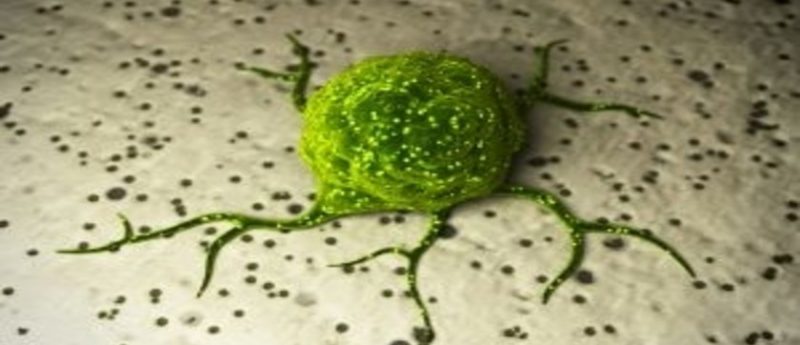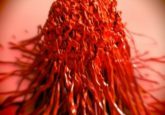Sweetness in the enigmatic life of cancer cells

Sweetness comes from sugar. Sugar is a generic term and means simple carbohydrates (monosaccharides) such as fructose, glucose and galactose; and disaccharides such as maltose and sucrose, the latter commonly known as table sugar, cane sugar, beet sugar or just sugar.
When sugar (sucrose) is consumed, the enzyme β-fructosidase cleaves sucrose into its individual moieties of glucose and fructose. They all taste sweet to the tongue; fructose two-times more than glucose. Glucose is the main source of energy in eukaryotic cells. For both, fructose and glucose, there are two transporter systems: the sodium dependent glucose co-transporters (SGLTs) and the facilitative sugar transporters (GLUTs). GLUT5 and GLUT2 are the major fructose transporter systems in the body. Consuming too much fructose can actually put the consumer at greater risk of developing heart disease and diabetes than eating similar amounts of glucose. Glucose from the diet is taken up into the epithelial cell of the intestine predominantly by the sodium-dependent glucose co-transporter SGLT1. GLUT2 is considered to provide for glucose the basolateral exit from the intestine epithelial cells to the blood stream, ultimately reaching the target cells, including tumor cells. Different members of the GLUT family, constitutively expressed at the body´s cells, facilitate the GLUT-specific cellular uptake of glucose.
Click here to view full article.




